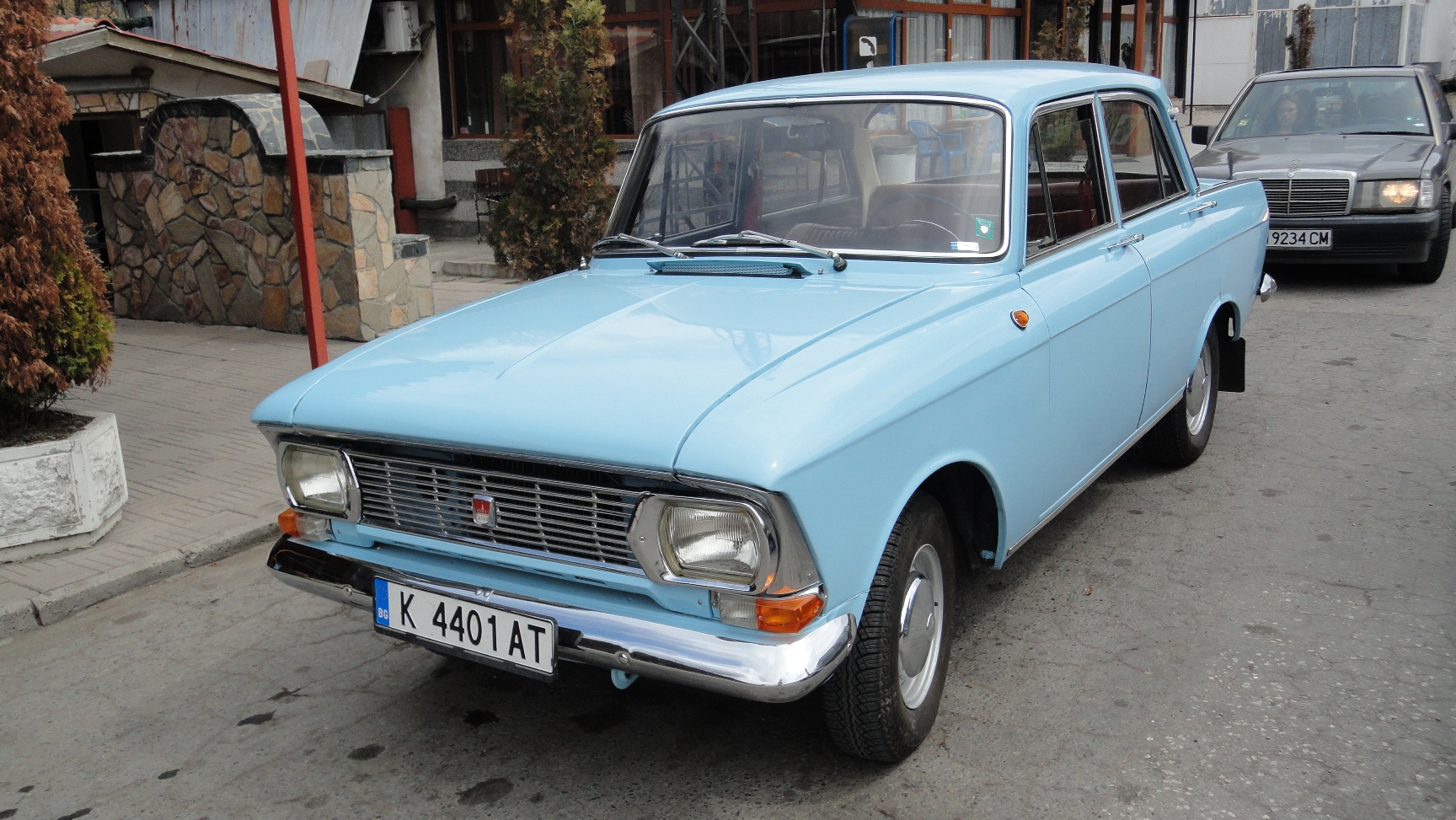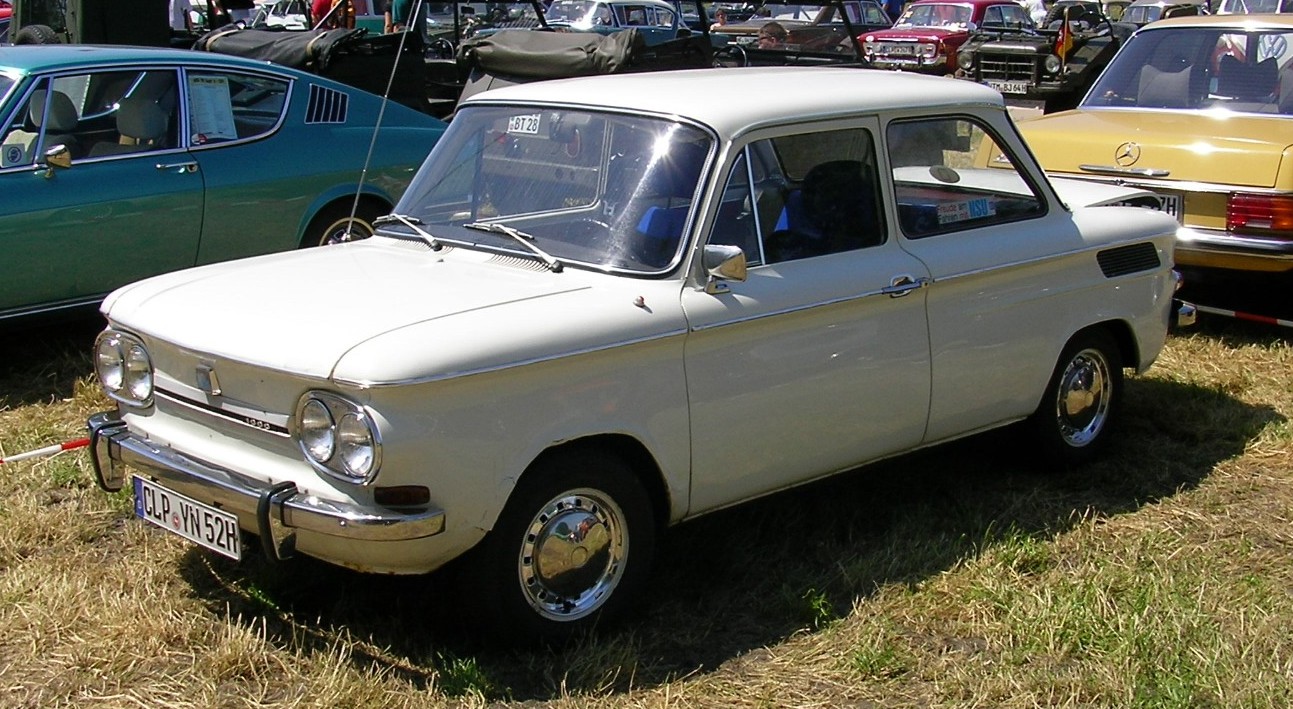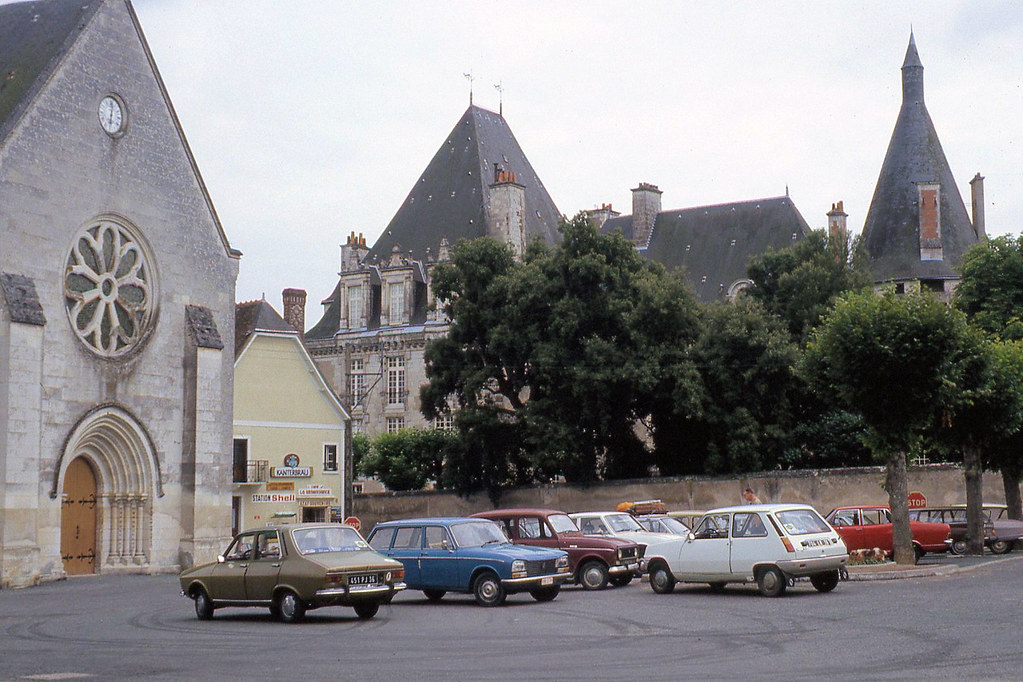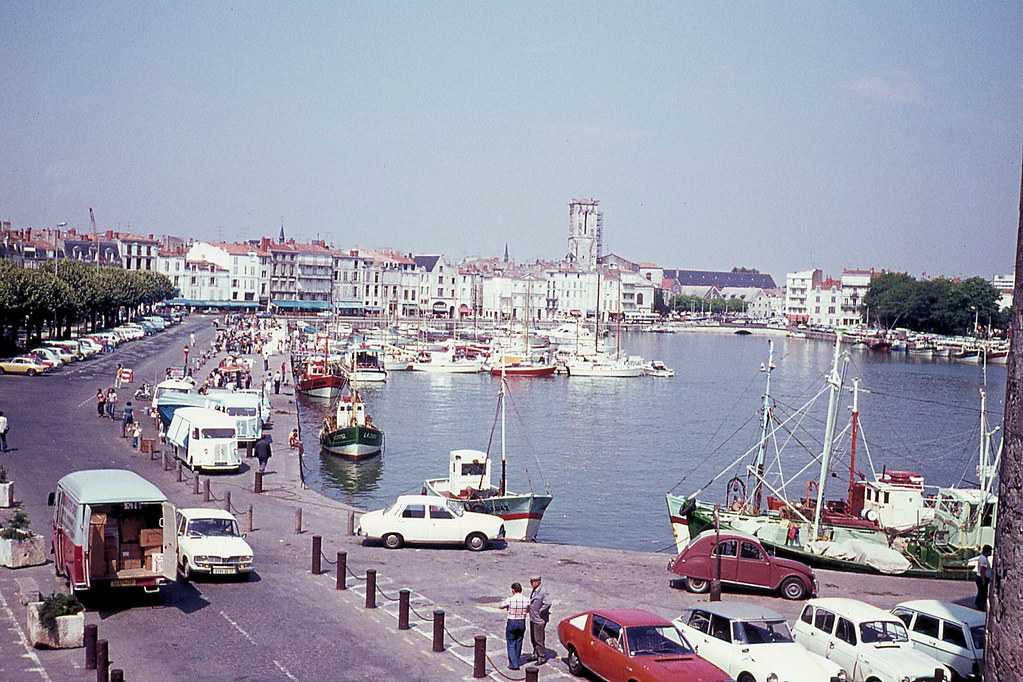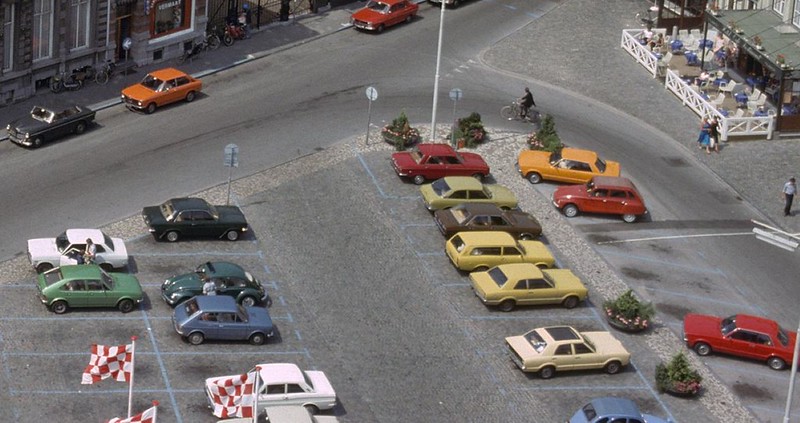Forostar
Ancient Mariner
Kicking of with DAF, nowadays mostly known for their quality trucks, but between 1959 and 1975 this was the one and only (successful) Dutch passenger car brand:
Check this impressive vid from a collector, who already collected these in the time when they were not seen as classics. Sometime he bought one for 100 guilders and a box of tomatoes.
- DAF 600 (1959-1963)
- DAF 750 (1961-1963)
- DAF Daffodil (1961-1967)
- DAF 33 (1966-1974)
- DAF 44 (1967-1974) and after that the DAF 46 (1974-1977)
- DAF 55 (1968-1972)
- DAF 66 (1972-1975)
Volvo gained a 33 percent stake in DAF in December 1972, always with the intent of taking a larger interest. They increased their holdings to 75% on 1 January 1975, taking over the company and the NedCar plant. Volvo dropped the 33 and 44 models, and later rebadged the DAF 66 as the Volvo 66, with bigger bumpers and a safety steering wheel.
The DAF 46 was developed with Volvo's assistance, and was basically a 44 with the rear axle of a 66 and a single belt Variomatic (half the 66's transmission). A big weakness of this system is that a failed drive belt would cripple the car. The last DAF design, codenamed P900, initially intended to be the DAF 77, was developed during the transition to Volvo ownership and was ultimately launched as the Volvo 300 series in 1976, firstly as the Volvo 343 three door hatchback with the Variomatic transmission.
After initial slow sales, the range was expanded into the 340/360, with a five door variant and the availability of manual transmission, and the 340/360 range became a sales success, eventually surpassing 1.3 million units by the time production ceased in 1991. The subsequent Volvo 440/460/480 and the first generation S40/V40 models were also made at the NedCar plant, until Volvo sold its interest to Mitsubishi Motors in 2001, marking the end of Volvo's involvement with the former DAF plant after almost thirty years.[/quote]
The DAF 46 was developed with Volvo's assistance, and was basically a 44 with the rear axle of a 66 and a single belt Variomatic (half the 66's transmission). A big weakness of this system is that a failed drive belt would cripple the car. The last DAF design, codenamed P900, initially intended to be the DAF 77, was developed during the transition to Volvo ownership and was ultimately launched as the Volvo 300 series in 1976, firstly as the Volvo 343 three door hatchback with the Variomatic transmission.
After initial slow sales, the range was expanded into the 340/360, with a five door variant and the availability of manual transmission, and the 340/360 range became a sales success, eventually surpassing 1.3 million units by the time production ceased in 1991. The subsequent Volvo 440/460/480 and the first generation S40/V40 models were also made at the NedCar plant, until Volvo sold its interest to Mitsubishi Motors in 2001, marking the end of Volvo's involvement with the former DAF plant after almost thirty years.[/quote]
Check this impressive vid from a collector, who already collected these in the time when they were not seen as classics. Sometime he bought one for 100 guilders and a box of tomatoes.
Last edited:


